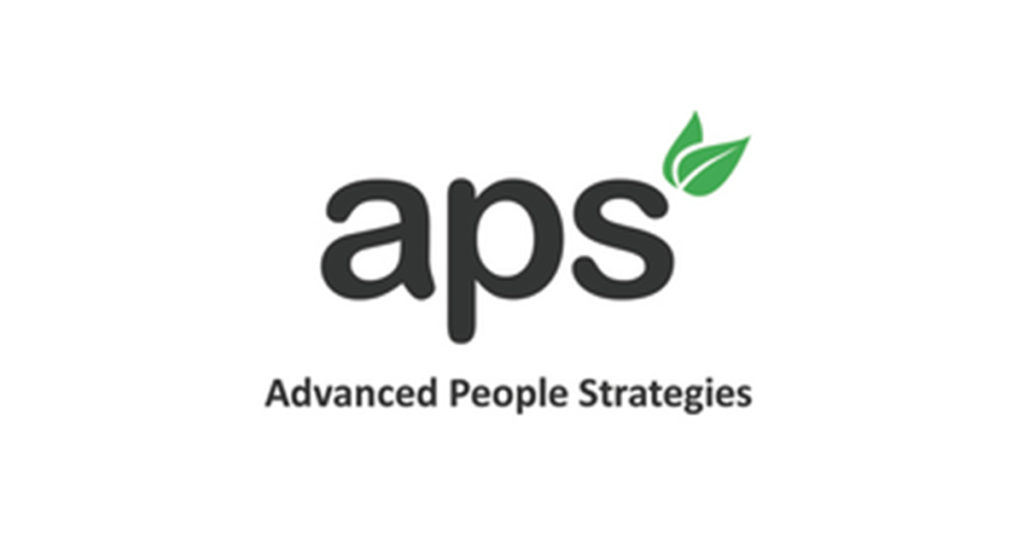
I hear so many managers and leaders talk about wanting to invest in team development. But in the COVID-19 era, with budgets under pressure, this sort of activity is often under the microscope, and it is easy to see why. Too often, leaders don’t focus on what a good outcome looks like or how it can be measured in terms of progress on both the team and individual levels. Having a clear purpose is necessary to achieve success with team development initiatives. What is the team intended to deliver, and what does the development initiative need to achieve?
The most effective results occur when people can provide a clear answer to the “so what?” question. Getting team members to understand their strengths, how they can be developed, how they contribute to team performance, and where the gaps are (both individually and collectively) is key.
The Role of Personality in Team Development
Personality assessment should be an integral part of these development sessions to promote understanding of the culture of the team. Using an effective assessment tool, such as the Hogan Team report, will identify the team culture based on the individual team members’ personalities. This report can help leaders understand what it is like to work in a particular team environment, how well the team will bond, and what influences team decision-making.
Alignment among team members is particularly important when there are adjustments to organizational strategies and goals that require the team’s attention. Because values operate subconsciously, individuals’ self-awareness can be limited. The degree to which a person’s values align with those of his or her colleagues affects productivity.
Creating clarity about the team’s behaviors, particularly those that arise when the group is under pressure, will help team members to work in sync. Who goes quiet when stressed? Who comes up with eccentric ideas? Who remains steady? Who becomes overconfident, overestimating the team’s ability to deliver on plans? These behaviors can serve as strengths, but in pressure, they can become overplayed. If not addressed and managed, they will impede the team’s progress and success.
As you can see, this is not about typical “team building.” Instead, this is about taking a focused approach to understanding values, behaviors, and performance risks. By starting with defining the team’s purpose, leaders can steer the team’s focus to what needs to be achieved. Once a strong, clear purpose has been identified, teams can identify gaps in their performance, discuss solutions, and move forward collectively. When coordinating a team development session, think about the challenges the team faces — such as challenging objectives, demanding stakeholders, short timelines for completing projects, customer issues, and implementation of new projects, just to name a few.
What can emerge? Too many things to mention, but here are two quick examples.
Example No. 1
A team needed to step up and lead more effectively. We chose the Hogan Team report in this case, and it allowed the group to see that they were relationship focused, which they had already sensed. They had been saying yes to the demands of all the stakeholders because they didn’t want to damage those relations, so they were not challenging each other in the right ways. Due to their collective diligence, they were working hard and becoming overwhelmed. The outcome, among other things, was agreeing that they would all have permission to challenge one another and that they would work on sharpening their feedback skills so they could do so more promptly and effectively. With stakeholders, they identified the need to improve their questioning skills and agreed to support one another in saying no when required. This increased trust among the team members.
Example No. 2
A second example was a senior leadership group who wanted to see how they compared to other senior teams. We typically use the High Performing Team Assessment in cases like this. It allowed the team to benchmark and compare. They quickly identified several strengths and focus areas that formed the backbone of the team development session, driving more challenging conversations and allowing them to align on what was most important and how they were going to tackle the situation.
With the right investment in time and resources, team development sessions can provide great results and certainly be time and money well spent.
Want to get a better understanding of the kind of insights a Hogan Team report can provide? Check out this case study: The case of the team that went nowhere
*This post was authored by Rob Field, learning and development director,
Advanced People Strategies.